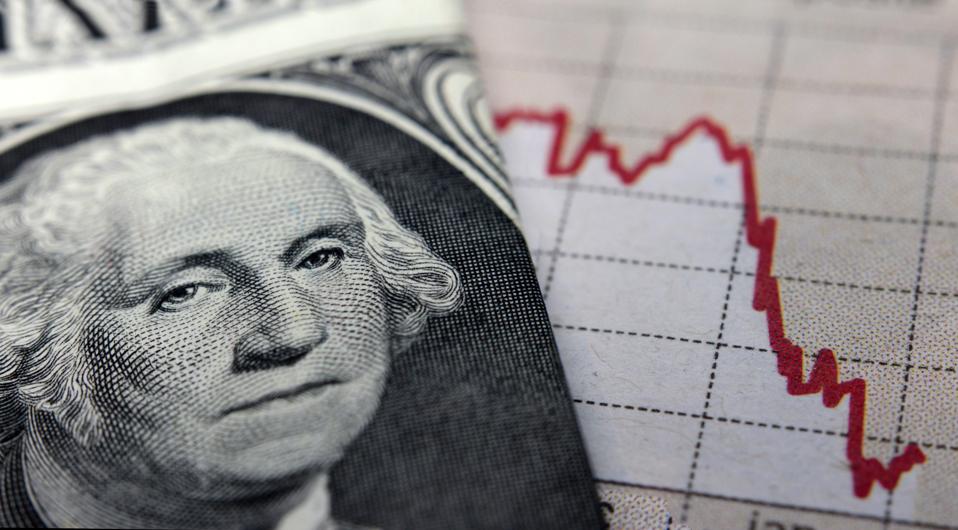The Federal Reserve declares victory. Goldman Sachs raises its growth forecast. Wall Street endorses lower interest rates. And the stock market hits new highs. Yippee! But, wait…
That’s “unreal” thinking, based on funny money – that is, the dollar, which continues to lose value.
But, inflation is only 3%
Why do 3% price increases rate the “only” descriptor? The past three years saw total inflation of 18%. Compound that 3% forecast atop it, and the four-year rate becomes an even more serious 21.5%.
Think about it this way: In the past three years, overall consumer costs have risen from $100 to $118. That is an unusually fast deterioration of the U.S. dollar’s value from $1.00 to $0.85. Any positive inflation rate makes that bad picture worse.
Is your income up 18% since 2020? Great! Except that means your real income growth is 0%. So, you’re only back to where you started. Anything less means your earnings have fallen. And, it isn’t just income that needs to be adjusted to show reality. Everything that is priced in dollars needs conversion – including the stock market.
Here’s the real stock market
Note: In 1972, I wrote a paper for a business school class about the need for pension funds to adjust their investment returns for inflation. It was a new idea at the time. Nevertheless, here we are, back again. Adjusting dollar valuations for inflation is not a radical or questionable activity. It’s done for the economy’s growth rate, so it should be done elsewhere, too. Not inflation-adjusting is a sign of ignorance, incompetence or propaganda. Tough descriptions, but the experts and media know or should know how to measure reality.
This first graph is what Wall Street wants you to believe…
However, this is the reality…
Yes, but…
Forget it. There is no “but.” At the time I wrote that paper, the stock market was doing well, and the “nifty-fifty” growth stock craze was in full force. Also, the talk was back about the Dow Jones Industrial Average (DJIA) finally breaking 1,000. That wishful thinking occurred six times before it happened in mid-1982.
But look at what the real, inflation-adjusted DJIA was doing. By the time the DJIA crossed 1,000 in late 1982, the $1,000 value had dropped 68% to an inflation-adjusted $320.
Can such inflation drama happen again?
Yes. Inflation has not been cured, and history shows that premature Fed easings set the stage for human nature to strengthen, not lessen, inflation’s hold.
See my December 16 article for an explanation…
The bottom line – The inflation battle is not won
The Fed had its chance, although it waited too long to do something. Now, they’re declaring premature victory. Therefore, expect an enthusiastic return of high deficit spending and excess borrowing – meaning more fiat money creation. And the fallout? Seemingly uncontrollable high inflation.
What’s a person to do? Try to stay up with inflation’s deteriorating dollar values. It’s a tough task in a normal economy. Add in a recession, which will happen eventually, and the task becomes nearly impossible. The result is a period when cutting back becomes the norm.
(I’m sorry for this downer holiday message, but it’s important not to get carried away by today’s rah-rah happy talk. Stay “real.”)

